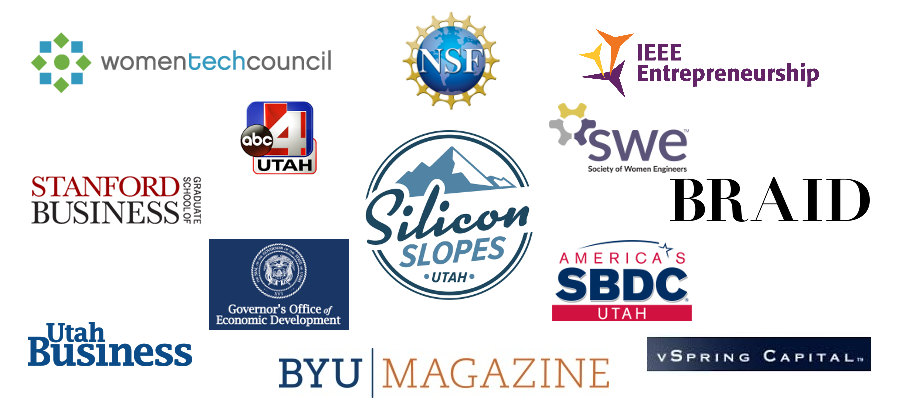If you’ve taken my course, Develop a Winning SBIR Strategy, or have a copy of my free guide “40 Ways to Improve your SBIR/STTR proposal” you know two things I emphasize when it comes to SBIR.
-
Read the Solicitation
-
Watch your email once you’ve submitted a proposal
As an example, this year NSF included a lot of changes to the solicitation that would easily trip up anyone who had previously submitted. A few years ago, I was a reviewer and NSF had changed the funding amount, and many proposing teams did NOT ask for the full amount of the budget. This was a clear signal to the reviewers and program director that the team hadn’t paid attention! It did not engender confidence among the reviewers.
Here are some examples from the NSF as to why these two things are absolutely essential to potential success in SBIR, no matter which agency you submit to.
- Read the Solicitation
Here are some excerpts of what NSF said were significant revisions made since the last solicitation:
- Increased the SBIR/STTR Phase I funding amount to a maximum of $275,000
- The NSF SBIR and STTR Phase I solicitations are combined into a single document.
- Three Phase I submission windows rather than four (Note – there had previously been only 2 submission deadlines!)
- New required format for Biographical Sketches and Current & Pending Support documents in NSF SBIR/STTR proposals. (Note: biosketches and CPS on the forms from just 2 years ago will not even upload!)
- Less detailed budget documentation required at submission
- Letters of Commitment from consultants and subawardees should be included in the “Other Supplementary Documents” section, rather than the Budget Justification.
- Budget Justifications are now limited to five pages.
- Only one Project Pitch submission is permitted per applicant small business per submission window.
- The format and content of the “Elevator Pitch” section of the Project Description have been modified.
2. Watch your email once you’ve submitted a proposal
Here are some excerpts from a recent email received by one of our VentureWrench coaching clients who just submitted an NSF proposal.
- Typically, the review process takes about six months.
- Emails from NSF: The Principal Investigator (PI) must regularly monitor their email for official correspondence from NSF. In the weeks following submission, the PI may be asked to make prompt updates to the proposal contents to be able to continue the review process. Failure to respond to such requests might result in the proposal being returned without review. (Note: I have been saying this for years! Search your inbox for .gov or appropriate extension – you may have 1 or 2 DAYS to respond!)
- One note: NSF Program Director Assignments may change. In the weeks following proposal submission and for NSF administrative processing, your proposal may be temporarily assigned to a different Program Director. If the Program Director listed in NSF’s Fastlane system is not the Program Director you expected, please do not assume that there has been a mistake.
To see the full post visit our VentureWrench StartupNotes blog at https://venturewrench.com/sbirreadsolicitationwatchemail/

